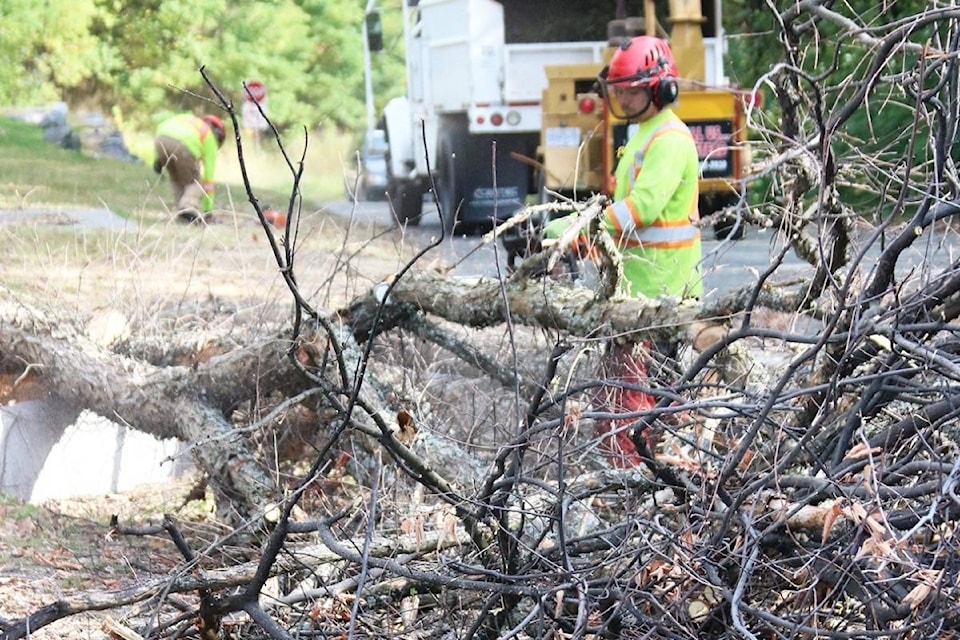At present, Alberta has the largest Dutch Elm Disease (DED)-free American elm stand in the world and it is important to protect this valuable resource worth well over one billion dollars.
The Society to Prevent Dutch Elm Disease (STOPDED) is asking for assistance to save these beautiful elm trees from this deadly disease.
DED is caused by a fungus that clogs the elm tree’s water conducting system, causing the tree to die.
The fungus is primarily spread from one elm tree to another by three species of beetles — the smaller European, the native and the banded elm bark beetle.
The beetles are attracted to weak and dying trees, which serve as breeding sites for the beetles. Once the beetles have pupated and turned into adults, they leave the brood gallery and fly to healthy elms to feed and transport the fungus on their bodies from one tree to the next.
Monitoring for the beetles is done annually throughout the province. The smaller elm bark beetles have been found throughout the province in low numbers and now the banded elm bark beetle has been found in larger numbers throughout Medicine Hat and area.
Leaves on a DED-infected elm will wilt or droop, curl and become brown, appearing in mid-June to mid-July. Leaves on trees infected later in the season usually turn yellow and drop prematurely. Leaf symptoms are accompanied by brown staining under the bark. All DED suspect elms must be tested in a lab, so if you think you see DED symptoms call the hotline at 1-877-837-ELMS (3567).
What to do:
Be aware of Alberta’s elm pruning ban (April 1 to Sept. 30). Beetles are most active at this time and can be attracted to the scent of fresh tree cuts, possibly infecting healthy trees.
Keep elm trees healthy and vigorous by watering well from April to mid-August. Stop watering then to allow tree to harden off for winter.
Remove dead branches/trees between Oct. 1 and March 31 as they can provide beetle habitat.
Dispose of all elm wood immediately by burning, burying or chipping.
What not to do: Do not store elm firewood at any time. DED and the beetles are declared pests under the Alberta Agricultural Pests Act.
Do not transport elm firewood into Alberta.
Do not prune elms between April 1 and Sept. 30.
To report a DED suspect elm tree or for more information, call the 1-877-837-ELMS (3567) or visit www.alberta.ca/society-to-prevent-dutch-elm-disease.aspx.
